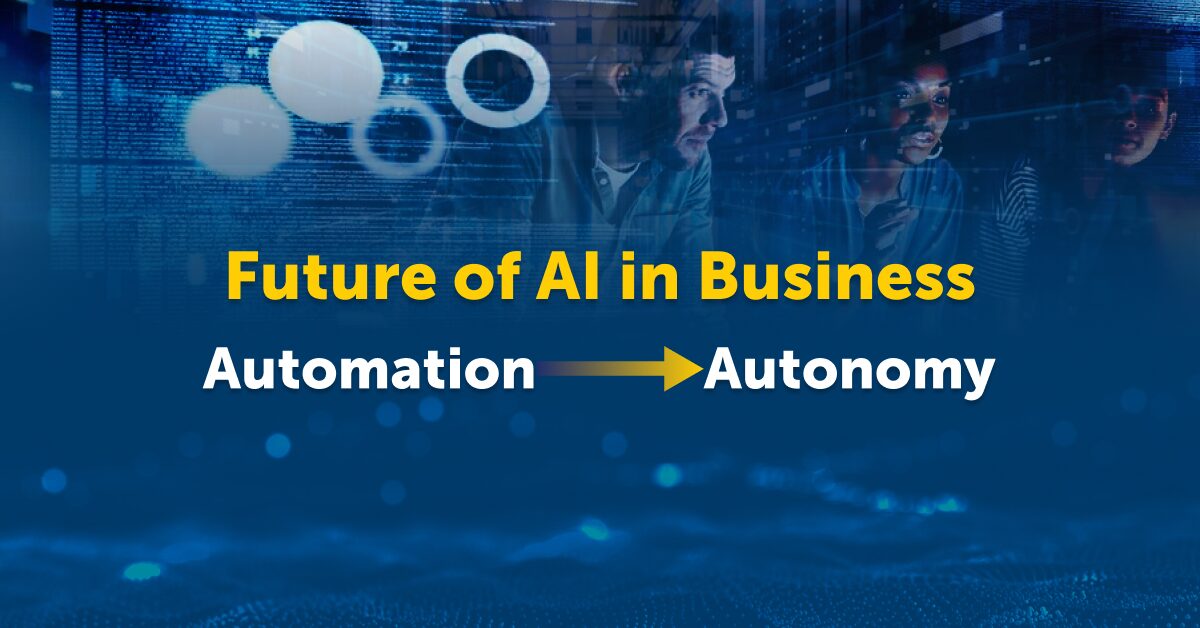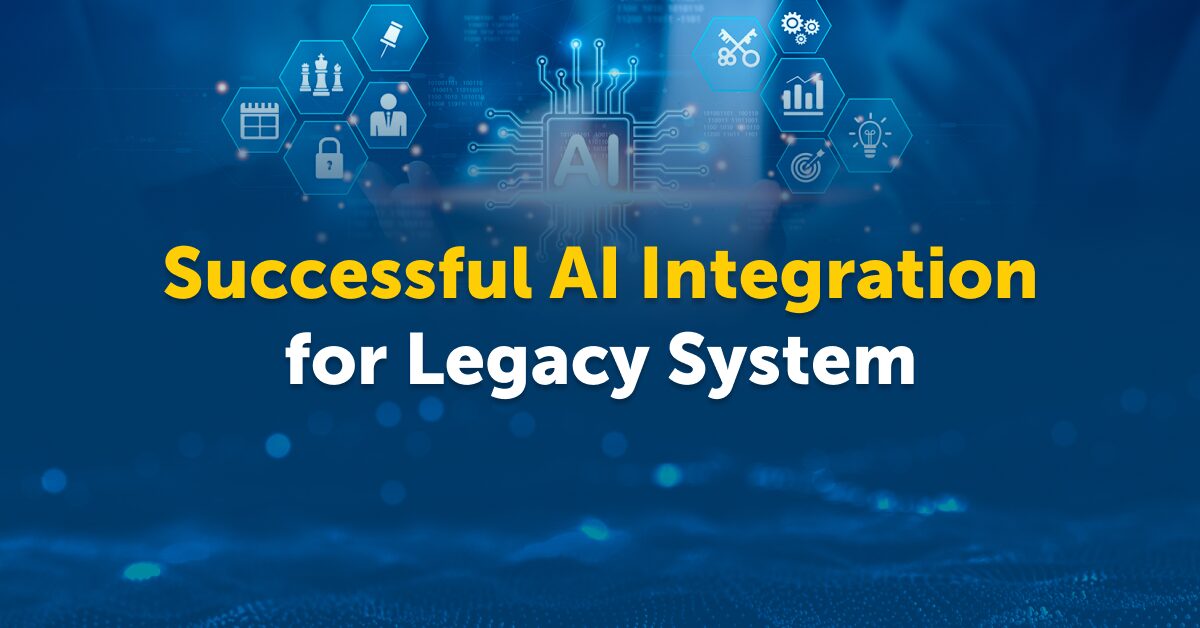Reimagining Real Estate Lending Workflows with AI

Commercial real estate (CRE) lending is a high-value industry with complex workflows that require precision, speed, and collaboration across multiple teams. Yet, much of the process is still manual. Intake, underwriting, document review, and communication often involve back-and-forth emails, spreadsheets, and data re-entry.
Artificial intelligence is changing that. Today’s AI solutions are built to handle the volume, variability, and velocity of CRE lending data. From document intelligence to credit memo generation, AI is transforming how teams work across the loan lifecycle.
In this insights piece, we explore seven key ways AI is enhancing CRE lending workflows.

Bring intelligence to your CRE lending workflows today with LenderIQ.
1. Smarter Deal Intake with AI Assistants
The first stage of any lending process sets the tone for speed and efficiency. AI assistants can significantly improve deal intake by automating:
- Lead qualification based on loan criteria
- Extraction of borrower and property information from intake forms
- Deal matching based on asset type, loan size, and geography
Instead of manually reviewing intake submissions, origination teams can route qualified deals faster and filter out mismatches early. This improves team productivity and reduces time wasted on incomplete or unqualified opportunities.
2. Using AI for Document Intelligence in CRE Lending
CRE lending depends heavily on documentation. Offering memorandums, rent rolls, trailing twelve-month financials, and personal financial statements all carry crucial data. Manually reviewing and extracting insights from these documents is time-consuming and prone to error.
AI document intelligence helps by:
- Automatically parsing PDFs and scanned files
- Extracting key fields such as NOI, occupancy rates, lease terms, and valuation estimates
- Structuring this data into searchable, comparable formats
With this capability, lenders can move faster from collection to analysis, reducing bottlenecks in underwriting and compliance.
3. AI in CRE Underwriting, More Than Just Speed
Underwriting is where decisions are made and risks are assessed. AI augments underwriters with tools that deliver faster insights and better decision support.
For example, AI can:
- Calculate DSCR, LTV, and debt yield based on extracted financials
- Analyze market comps using third-party datasets
- Forecast future NOI based on lease rollover risk, tenant profiles, and macroeconomic trends
Rather than replacing underwriters, AI gives them the tools to work smarter. The result is a more thorough, efficient, and consistent credit process.
4. Improving Borrower Communication with AI
Poor communication slows deals down. Borrowers often wait days for simple status updates or clarification on document requests. AI can help improve responsiveness and transparency by:
- Generating auto-updates for key milestones
- Drafting follow-up emails for missing documents or signatures
- Providing conversational interfaces to answer common borrower questions
These tools enhance the borrower experience while reducing the communication load on loan officers and processors. Everyone stays aligned and informed throughout the loan journey.

Want guidance from an AI expert on how to implement AI in your business? Contact Fusemachines today!
5. AI Powered Pipeline Visibility for Origination Teams
Managing a CRE lending pipeline involves tracking dozens of deals across stages, teams, and timelines. AI-powered dashboards give origination leaders real-time visibility into:
- Deal volume by asset class or geography
- Bottlenecks in underwriting or due diligence
- Probability-adjusted revenue forecasts
AI can also help prioritize deals based on urgency, expected return, or processing complexity. This ensures loan officers and analysts focus their efforts where it matters most.
6. Reducing Time to Close with Intelligent Automation
Closing a commercial loan requires coordination between credit, legal, operations, and compliance. Delays in one area can derail timelines and frustrate borrowers.
AI helps by:
- Automating document handoffs and review reminders
- Pre-filling forms and contracts based on system data
- Flagging missing conditions or signatures in real time
These capabilities shorten cycle times, increase capacity, and improve service levels without increasing headcount.
7. From Static to Dynamic Credit Memos with AI
Credit memos are essential for internal approvals and external capital partners. But they often require hours of manual formatting and cross-referencing.
AI-generated credit memos can:
- Auto-populate borrower, asset, and financial summaries
- Include system-calculated metrics and risk factors
- Embed charts, visuals, and flags based on business rules
This makes credit presentations faster to build and easier to digest, helping decision-makers act quickly and confidently.
Bottom Line
AI is not just an efficiency tool for commercial real estate lenders. It is an intelligence layer that transforms how teams work, how decisions are made, and how deals move through the pipeline.
From smarter intake to dynamic credit memos, AI introduces real value across every workflow. Lenders who adopt it will move faster, reduce friction, and improve outcomes for both their teams and their borrowers.
The best place to start is with one workflow. See how AI performs. Then scale with confidence.

Want guidance from an AI expert on how to implement AI in your business? Contact Fusemachines today!


